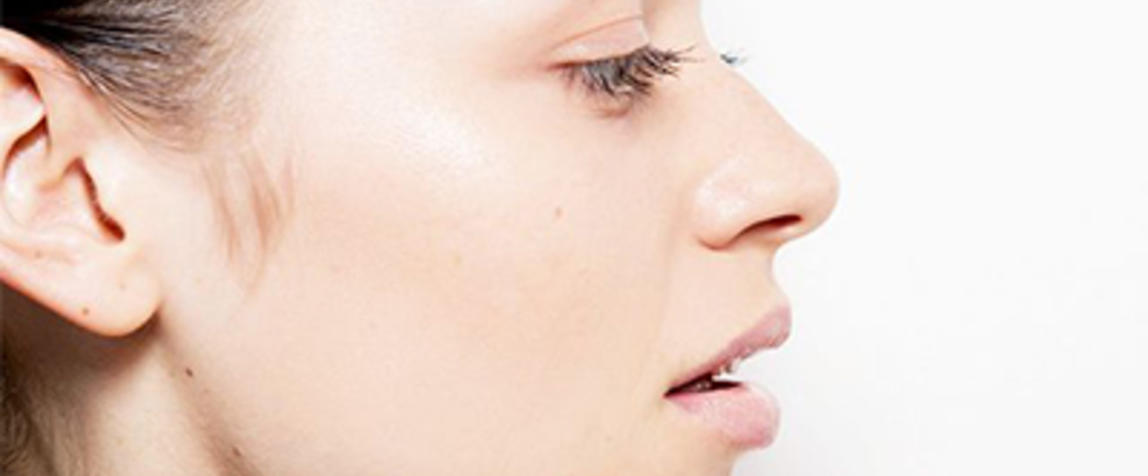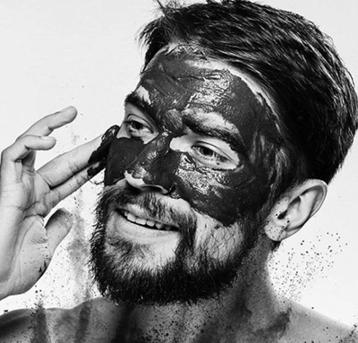Although Botox has become synonymous with wrinkles, the injectable wonder is also used for a number of medical reasons. These treatments can prove life-changing for patients, however the public has a low awareness of the efficacy of Botox for therapeutic conditions, says Clinic 42 Doctor Joanna Romanowska.
From teeth grinding to excessive sweating, and the more unknown procedures such as Botox for repetitive strain injury and facial spasms, its power to temporarily paralyse muscles does more than give a youthful appearance.
As Botox is quick and non-invasive, with minimal pain and virtually no downtime, it makes for an attractive treatment option – especially if an issue is considerably affecting day-to-day life. Here we give you the lowdown on the more unexpected uses of this injectable.
Excessive sweating
Excessive sweating, also known as hyperhydrosis, is not only a nuisance but an embarrassing conundrum both women and men struggle with – no one wants to be dripping sweat in a meeting, let alone on their wedding day. “Clients who suffer from hyperhidrosis often describe having to keep spare shirts with them, avoiding certain social situations and feeling less self-confident due to their sweating,” explains Caci Clinical Nurse Educator Brandy Wehinger.
Botox is a safe and effective way of managing hyperhidrosis, providing sweet relief for sufferers, typically reducing sweating by at least 50 per cent, Wehinger says.
Injected in the area of concern, from armpits to hands, it prevents sweat glands from activating, explain Dr Shona Dalzell, and Smitee Ranchod and Hannah Calver, appearance medicine nurses from Skin Institute.
“Treatment is aimed at normalising your sweating patterns rather than eliminating them,” they explain.
Interestingly, metabolism may have an influence in how long the treatment lasts. For most, treatment works for around 8 months before wearing off; but those with faster metabolisms may find it lasts for less, Wehinger says.
Skin Institute doctors say to expect reduced sweating for 4 to 6 months; however with regular treatments the effects often last longer – up to one year in some cases.
Dr Romanowska of Clinic 42 reveals the impact this treatment has on patients: “We have treated patients who used to wear sanitary pads in their armpits to soak up the pouring sweat, who are now happy to wear sleeveless shirts and strappy dresses… their confidence soars.”
Hyperhydrosis treatment is available at Caci, Skin Institute, Clinic 42 and The Face Place.
Chronic migraines
Botox for headaches was coincidentally discovered after patients were treated cosmetically in the forehead area, The Face Place founder Dr Catherine Stone reveals. Dr Stone herself found her daily tension headaches had vanished after having Botox injected for the first time.
“While we are not 100 per cent clear on why it works, one theory suggests that migraines are triggered by muscle tension. By using Botox in specific areas to reduce muscle tension, the headache is not triggered in the same way, and so stops before it starts,” says Dr Stone.
Common areas treated are the forehead, temples, back of the head, neck, and jaw– treatment is tailored depending on where the headaches come from.
Research shows 50 per cent of people with severe migraine or tension headaches will see a complete resolution of their symptoms, while a further 30-40 per cent will have some improvement, according to Dr Stone. Like cosmetic Botox, treatments for migraines are generally repeated every 3-4 months.
Skin Institute experts suggest having two treatment sessions 12 to 16 weeks apart to assess the treatment response.
Chronic migraine treatment is available at The Face Place, Skin Institute and Clinic 42.
Teeth grinding
Teeth grinders not only experience debilitating headaches and jaw pain, but ground down teeth overtime – and if not treated, could result in arthritis and joint damage. Surprisingly, a squarer jawline could be due to the constant clenching too. “Just like when you go to the gym, the constant ‘working out’ of the jaw muscles means it grows (hypertrophies) and the jaw looks much squarer, making the face look blocky and hypermasculine,” Dr Stone explains.
Along with stopping the pain, Botox tends to slim down the face over a period of time if injected in the jaw.
Jaw treatment often requires a higher dose of Botox than what would typically be used cosmetically, and would take around 6 weeks to experience the full effect. As with most treatments, it would need to be repeated to maintain results.
According to Skin Institute, initially a repeat treatment every 3-4 months would be ideal. Most clients are then able to have 6 monthly treatments for maintenance.
As headaches and teeth grinding are often related, they are sometimes treated together.
Teeth grinding is stress related, Dr Romanowska explains. “Some patients make changes in their lifestyle with reduction in stress levels, which then eliminates the need for further procedures.”
Skin Institute experts say, “Living with chronic pain is very difficult and reducing this is a huge relief for many people. Many clients who have these treatments have wished they had started earlier, and are often surprised at what an accessible treatment it is.”
Teeth grinding treatment is available at The Face Place, Skin Institute and Clinic 42.
Facial spasms
Unlike other treatments mentioned here, using Botox for facial spasms is not a ‘cookie cutter’ treatment, Dr Stone explains. According to her, Botox has been used for treating facial spasms since the mid-1980s – in the case of eye spasms, patients noticed a convenient side effect – their wrinkles improved on the treated side.
Significant eye, neck, and facial spasms should be treated in hospitals by neurologists’; however The Face Place does offer treatment for more minor eye and mouth twitching. Dr Stone notes this procedure must be performed by a clinical injector who understands the muscles of the face, and who will be able to tailor the treatment to clients’ needs.
Repetitive strain injury
Botox is also used for repetitive strain injury (RSI). The Face Place has found success with treating the condition, although isn’t something the medical spa commonly treats.
“It was discovered out of necessity for one of our doctors years ago, who got RSI in her injecting hand,” Dr Stone explains. “As I use trigger points to effectively treat migraines, I suggested we use tiny doses into her arm to see if it helped with the RSI.”
Amazingly, it did – within a week the RSI was entirely gone and the effects lasted for 2-3 years. After using Botox on the arm a second time, the injury improved again within a week.
Booking a consultation with a clinic is the best way to find out if a treatment is suitable for you.




